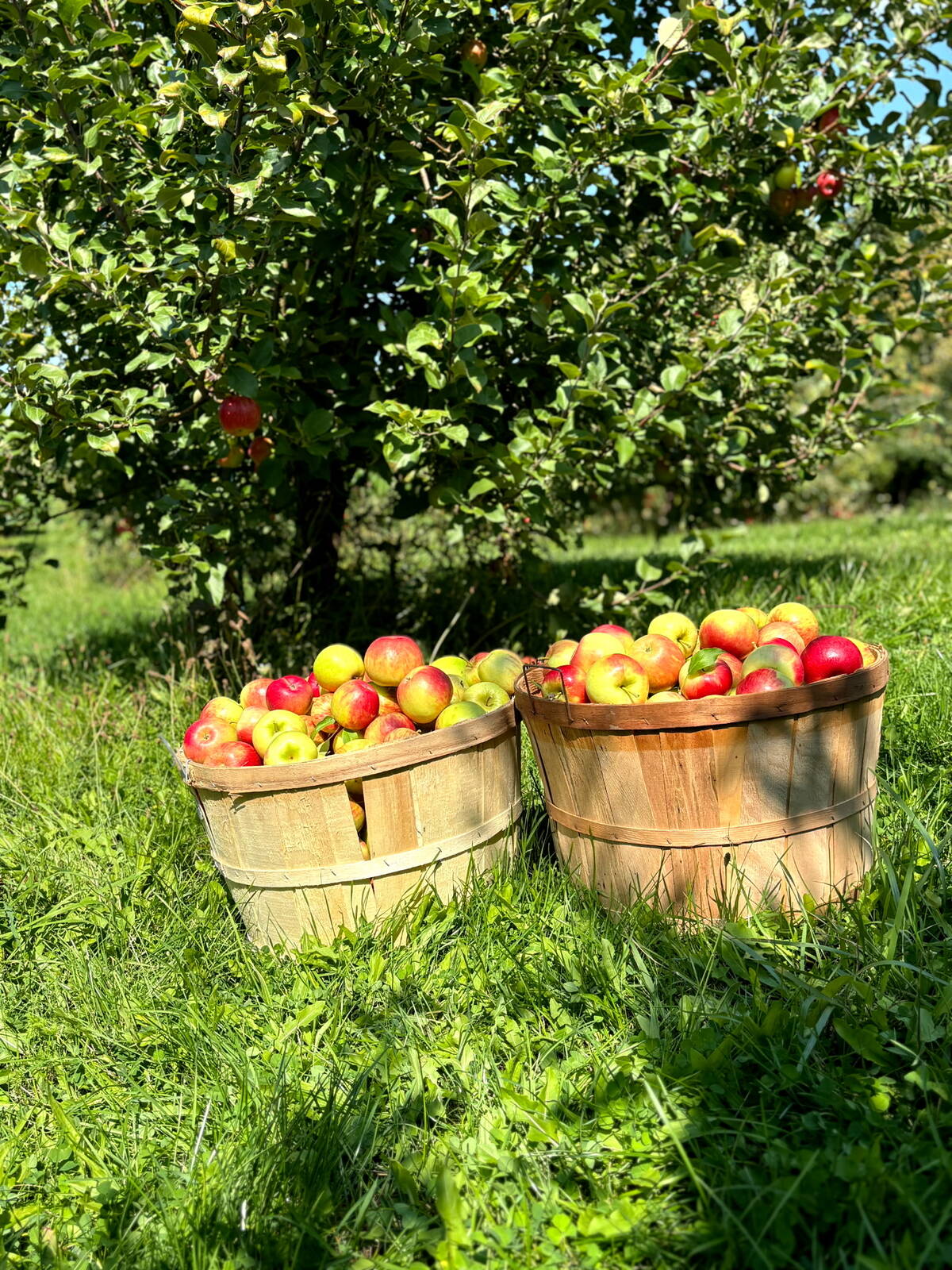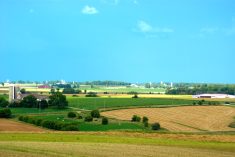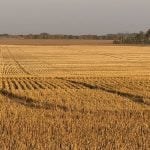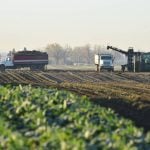Like many, I’ve spent the past few weeks trying to listen and learn as much as I can from the ongoing Black Lives Matter movement.
After watching the video of George Floyd being murdered as he pleaded for breath, I realized with horror it was not the first time I had seen a Black man unjustly die at the hands of a police officer.
George Floyd’s death came after the killings of Trayvon Martin, Tamir Rice, Michael Brown, Eric Garner, Philando Castile, Breonna Taylor, Rodney King, Mubarak Soulamane, Atatiana Jefferson, Pamela Turner, Michael Dean, Manuel Ellis and others.
Read Also

Farmers taking to social media to spread the word about the cost of farm thefts
A rash of farm thefts in Ontario have left farmers looking for new ways to help customers understand the cost of stealing goods.
So I’ve started listening and learning as much as I can to better understand what role I can play in actively helping to end racism and support Black communities.
I’ve decided to use the privilege of having this space to share with readers some information on agriculture, agri-food and race.
A disproportionate amount of people who suffer from food insecurity in Canada are not white. Of the roughly four million food insecure households in Canada, Black, Indigenous and racialized people make up a significant portion.
According to a recent study from FoodShare and PROOF, a food insecurity policy thinktank, Black households are 3.56 times more likely to be food insecure than white households. Ten per cent of white households are food insecure, while 28.4 per cent of Black households are.
“The overriding factor determining vulnerability to household food insecurity is whether one is racialized as Black,” concluded the lead researchers of that study, Simran Dhunna and Valerie Tarasuk.
It’s also important to recognize Canada’s food supply chain relies on largely non-white labourers who work on farms or in processing facilities. Most of the seasonal agriculture workers that farm groups have made so much noise about lately, and Canadians have heard of, are Black or racialized.
It is time everyone accepts many of those workers, despite their significance to putting quality food on the plates of white Canadians, often are living in predominantly white communities and face racism in different ways.
Ken Forth, president of the Foreign Agricultural Resource Management Services (FARMS) commented on how workers were being treated during his testimony to a parliamentary committee on the impacts of COVID-19.
“It should also be noted that the general public in Ontario does not like to see foreign workers going into grocery stores anymore. Actually, it’s pretty pathetic how Canadians are acting in some cases in some food stores, but that’s the reality of what’s happening today,” he said.
There have been reports of racism towards quarantined or ill workers, including a case in Brantford, Ont. where racism toward quarantined migrant workers prompted a public response from local officials.
It’s worth reflecting on how many of these workers have fallen ill, prompting some concern they are seen as more expendable than Canadian workers.
Two have already died, hundreds have fallen ill. Certain groups – like Justice for Migrant Workers – are calling for improved housing standards, quarantine, sanitation and proper personal protective equipment to be better regulated by the federal government.
Accepting these truths is a good step for anyone doing their own reflection on how they can best help contribute to ending racism.
There are other ways, too. I encourage readers to find resources from people more qualified on the subject than me.
Some ways are easier than others, but here is one we’ve been trying in my household that may appeal to readers: seek out Black-owned businesses in your community that you can support.
We’re trying a new Caribbean restaurant we found through a local social media campaign.












